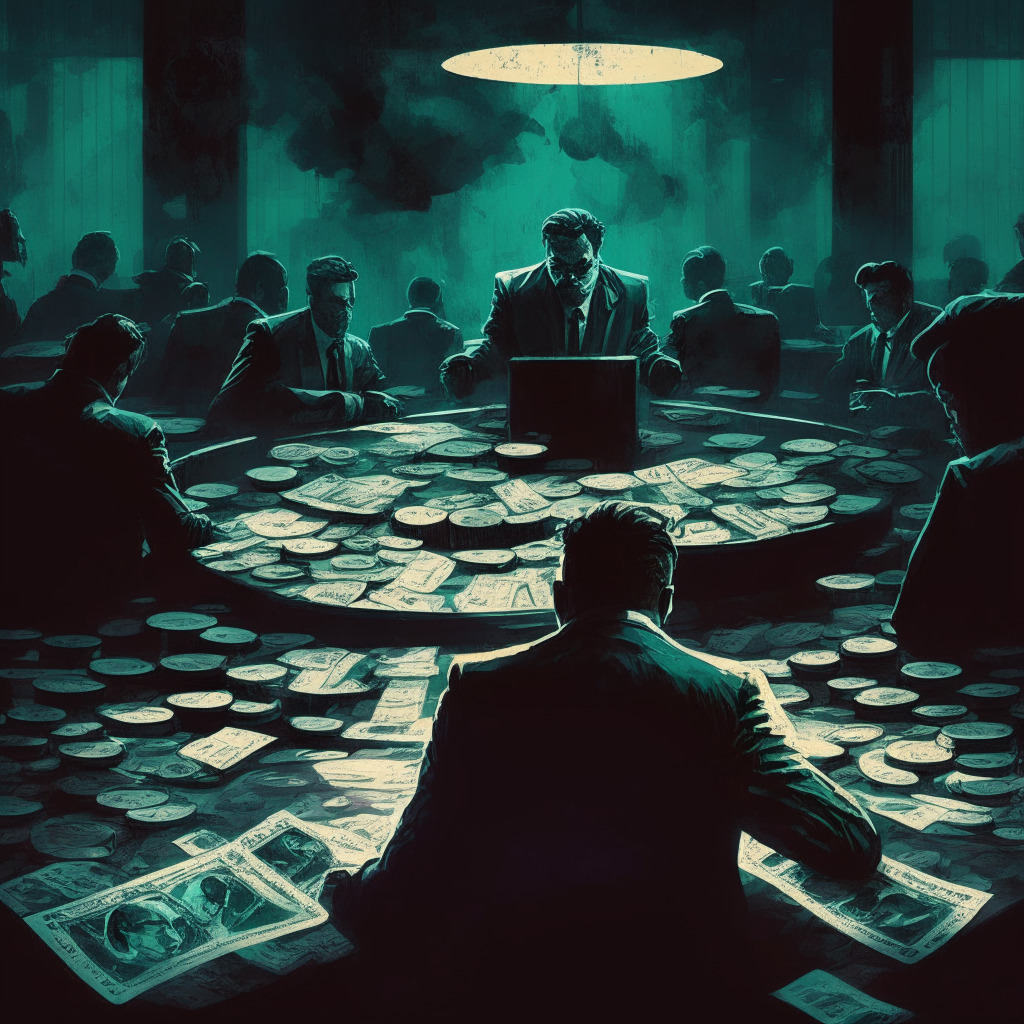The European Union continues to demonstrate bold leadership in the evolving ecosystem of technology, embracing the influences of metaverse, AI, and particularly, crypto strategies. The EU recently ratified its ground-breaking Markets in Crypto-Assets (MiCA) framework into law, making it one of the few regulatory bodies to come up with a comprehensive legislative framework for the ever-changing cryptoverse.
The influential Union hasn’t stopped there. It has set its sights on leading developments in the metaverse, aiming to anticipate Big Tech mammoths’ increasing dominance. The recent proposal, released by the European Commission, envisions a global metaverse market exceeding 800 billion euros by 2030, a huge leap from its current market size.
Alongside monetary considerations, the proposal seeks to embody EU values and fundamental rights. By putting “people at the center,” the EU aims to create an open, secure, and inclusive digital environment. This involves a concerted effort to foster and nurture a pool of experts, support businesses on a broader, societal level, and establish standard open and interoperable virtual worlds.
Yet, as intriguing and promising as this legal and technological frontier appears, skepticism abounds. The concept of Web4 has many in a quandary. Described as the integration of the digital and physical realms, enabling enhanced human-machine interactions, Web4 is frequently confused with, yet different from, Web3. The European Commission’s tweets about the concept have attracted mixed reactions, with many users questioning the term itself, while others bemusingly anticipate future versions, like Web5 or Web6.
The tech race is on in earnest, with Big Tech entities, including the likes of Meta Platforms, Microsoft, and Apple, fast developing their own metaverse and AI versions. As these corporate titans continue to expand their footprints, the EU, keen to prevent a stranglehold by any entity, is diligently working on ensuring standard open technologies drive virtual worlds.
While the EU is forging ahead with these new wave technologies, drafting specific regulations for the metaverse still seems a distant reality. Nonetheless, the existing rules around privacy, market power, and forthcoming AI requirements are expected to shape its development. Certain queries have been raised relating to stablecoins and the exclusion of decentralized finance in the published regulations. Despite these questions, the ball is in motion, cementing the EU’s position at the cusp of this new technological age.
The overarching narrative is clear. The European Union is actively promoting technological advancements, but with a vigilant watch on regulatory practices, enhancing both the digital realm and its inhabitants’ safety. It is a balancing act; one where the consequences of both over- and under- regulation could impact the promise of these nascent technologies.
Source: Cointelegraph




